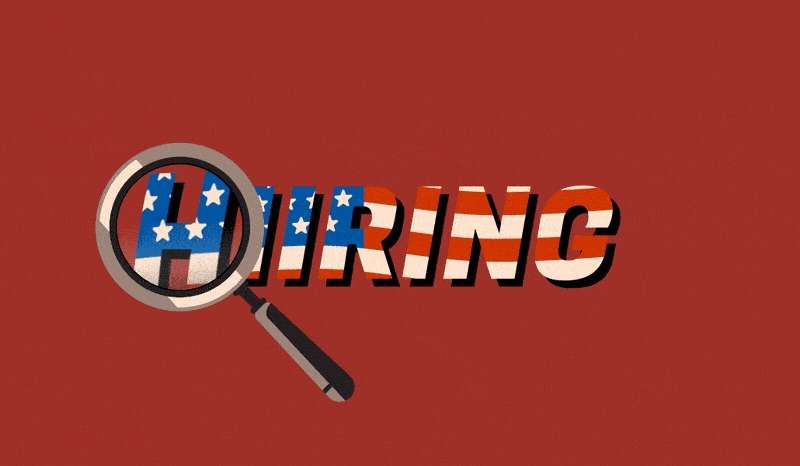Condé Nast execs are pressured to retain ad dollars after Anna Wintour announced last week that she will no longer oversee the day-to-day operations of Vogue, the luxury brand she has led as editor-in-chief since 1988.
Wintour will remain in her broader roles as Condé Nast’s chief content officer and global editorial director for Vogue. And while it’s too soon for the ad industry to record a change in brands continuing to advertise or not, one agency exec acknowledged to Digiday the weight of Wintour’s moves: “[ad money] flows to Vogue because of Anna.”
Wintour has become synonymous with the Vogue brand. But the fashion media landscape has changed since Vogue’s print-dominant heyday. Brands are contending with shrinking referral traffic, ad dollars are shifting to search and social, the creator economy is booming, and generative AI technology is curating fashion and summarizing content in search engines.
“Having [Wintour] step back from day-to-day but still overseeing things is the best of both worlds. Vogue can still benefit from her influence and connections but they can also infuse the brand with new energy,” said a former Condé Nast editor, who asked to remain anonymous to speak freely. “If they play their cards right, it can also signal to the advertising community that there’s something new and exciting in the air.”
Condé Nast (and Vogue) aren’t immune to the shifting media landscape. Vogue lowered its audience rate base to its advertisers in the past month from 1.2 million to 1 million, according to an agency exec, who requested anonymity. It now puts the publication’s circulation at a similar level of competitors like Elle and Harper’s Bazaar, they said.
A Condé Nast spokesperson declined to comment on this story. But they shared digital performance figures with Digiday, including how its most recent Vogue cover featuring Lauren Sanchez Bezos performed, claiming 1.6 million visitors and 3.4 million TikTok views.
Vogue’s next editorial leader will need to have a more platform-centric approach to content distribution and monetization, to continue attracting an audience that is increasingly less inclined to come to a publisher’s owned properties, according to a former Condé Nast exec. That means giving up more control.
“Whoever comes after her next is going to have more autonomy to be able to think about the evolution from print and websites to third-party distributed platforms and AI, LLMs,” said the former Condé Nast exec, who requested anonymity due to their personal relationship with Wintour. “The day-to-day content creation and audience strategy is going to be run by somebody else. But the aura connected with [Wintour], and the cultural gravity — I don’t think that’s going to go anywhere for the foreseeable future.”
The creator opportunity
Creators are increasingly taking larger shares of marketers’ budgets, said Kim Harrison, group media director, connections strategy at Fitzco. Vogue as a brand has become more influential than Vogue as a magazine, said Tricia Logan, managing partner of global consumer & retail practice at DHR Global, executive search and leadership consulting firm.
Being associated with Vogue “still means something,” the former Condé Nast editor said. “Yes there are creators, but what do those creators want? They all want to be in Vogue. That’s powerful,” they said.
That’s also apparent in how Condé Nast is selling inventory. “It’s not like you’re selling one deal across five [Condé Nast] brands on Instagram. You’re selling Vogue on Instagram, Vogue on TikTok, Vogue on YouTube,” the former Condé Nast exec said.
Condé Nast went through rounds of layoffs and cost-cutting last year, merging Pitchfork into GQ in January 2024 and letting go of senior executives in December. Legacy media companies have pared back on spending executives were once afforded, under pressure from audiences and marketers shifting to social and video platforms, and economic headwinds.
However, the sheen of Vogue remains intact, according to ad agency and publisher execs alike. That goes for the majority of Condé Nast brands, said one senior agency exec at a holding group agency, who asked to remain anonymous so as not to appear to either disparage or elevate any particular publisher. They believe that Condé Nast, and Vogue, are well-positioned to tap the creator economy more effectively than they have done to date.
“Anyone writing for a magazine [like theirs] is influencing culture. And those [writers] are sought-after talent in this new world where creators and influencers are super important,” said the agency exec. “But I don’t think they’ve leveraged it nearly to the degree that they should have. There’s been ways that they’ve been able to monetize it in small ways, but, like, not scalable. I think there is work to be done there,” they said.
The hiring of Elizabeth Herbst-Brady as chief revenue officer at Condé Nast — having led revenue and advertising teams at tech companies like Verizon, Snap, Viacom and Yahoo — last year signaled the media group’s intention to shift gears, the exec added. “That, plus the access they have — whether it’s Hollywood talent, you can go across the board — those brands are still adored. And they’ve got the attention of pockets of influencers, no matter what property we’re talking about. With Anna changing roles, I think it will help folk reimagine it in this new way.”
Wintour’s move hasn’t spurred a notable ripple effect among advertisers — at least not yet. Vogue’s grasp on the luxury market remains strong. Vogue is still valuable for advertisers looking for a safe, trusted environment and to reach an audience interested in luxury brands, two agency execs told Digiday.
But those ad dollars are intertwined with Wintour. With Wintour still at the helm, it’s unlikely a new Vogue editorial leader will have a completely different vision from their predecessor. And maybe that’s the point.
“It’s hard to separate the two,” Logan said.
—Jessica Davies, Digiday senior media editor, contributed to this story.
